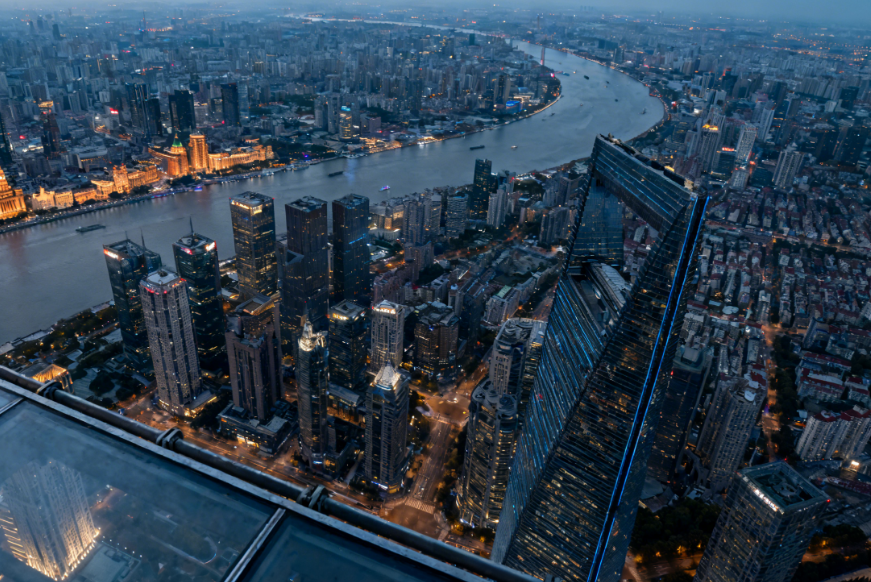
Shanghai Travel Guide: My Journey Through China’s Dynamic Metropolis
Shanghai isn’t just a financial powerhouse—it’s a city of contrasts that stole my heart. From sunrise walks along the Bund’s historic waterfront to dusk views from Shanghai Tower’s observation deck, from quiet mornings in Yu Garden to lively afternoons in Tianzifang’s alleys, every corner tells a story. This guide blends my personal memories with practical advice, so you can feel Shanghai’s warmth beyond the skyscrapers.
Shanghai Travel Guide: My Journey Through China’s Dynamic Metropolis
I’ve visited Shanghai four times over the past decade, and each trip feels like stepping into a new city—yet the core charm that blends old and new always stays the same. This coastal metropolis isn’t just China’s financial powerhouse; it’s a place where Art Deco buildings stand beside traditional gardens, street food vendors serve up century-old recipes next to Michelin-starred restaurants, and elderly locals practice tai chi in parks while young creatives showcase street art nearby. As someone who’s wandered its lanes at dawn and danced in its clubs at midnight, I’ve learned how to navigate Shanghai like a local. This guide shares my favorite spots, hidden gems, and practical tips to help you make the most of your trip to this dynamic city.
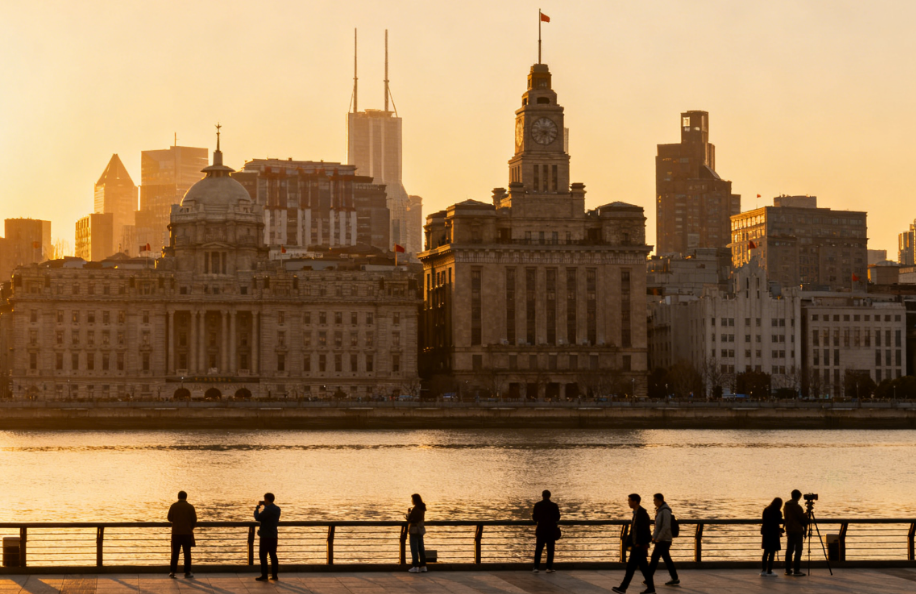
1. Iconic Landmarks: Where History Meets Modernity
Shanghai’s skyline is one of the most recognizable in the world, and my first stop on every trip is always the Bund—a 1.5-kilometer waterfront promenade that tells the story of the city’s colonial past. Strolling along the Huangpu River at sunrise, I watched as the golden light hit the neoclassical and Art Deco buildings lining the Bund. These structures, once headquarters for foreign banks and trading firms, now house luxury hotels, upscale restaurants, and museums. My favorite is the Peace Hotel, with its green pyramid roof and jazz bar that’s been playing since the 1930s. I sipped a martini there one evening, listening to a band play old Shanghai jazz standards, and felt like I’d stepped back into the city’s “Golden Age.”
Across the Huangpu River lies Pudong, Shanghai’s modern heart and a stark contrast to the Bund. The Oriental Pearl Tower, with its spherical observation decks, is the most iconic building here, but I prefer the Shanghai Tower—the second-tallest building in the world. Taking the high-speed elevator to the 118th-floor observation deck, I felt a slight tingle as we ascended 546 meters in just 55 seconds. The glass floor made my legs wobbly at first, but the panoramic view of Shanghai was worth it: the Bund’s historic buildings to the west, the winding Huangpu River below, and endless skyscrapers stretching to the horizon. I visited at dusk, watching the city light up one building at a time—truly a magical sight.
No trip to Shanghai is complete without a visit to Yu Garden, a classical Chinese garden nestled in the heart of the busy Old Town. Built in the 16th century during the Ming Dynasty, the garden is a peaceful oasis of lotus ponds, stone bridges, and winding paths. I arrived early to avoid the crowds, and sat on a wooden bench by the pond, watching goldfish swim while elderly locals practiced tai chi nearby. Don’t miss the Zigzag Bridge, which is said to ward off evil spirits, and the Huxin Pavilion Teahouse, where I sipped osmanthus tea and ate sweet dumplings. The garden’s exit leads to Yuyuan Bazaar, a bustling market where you can buy everything from silk scarves to traditional Chinese toys—perfect for souvenirs.
2. Cultural Neighborhoods: Explore Shanghai’s Diverse Soul
Shanghai’s neighborhoods each have their own distinct personality, and exploring them is the best way to understand the city’s diversity. My favorite is Tianzifang, a warren of narrow alleyways in the French Concession. Once a residential area of traditional shikumen (stone-gate) houses, it’s now home to art galleries, boutique shops, and cozy cafes. I spent an entire afternoon wandering its lanes, stopping to browse hand-painted ceramics at a small gallery, taste freshly baked croissants at a French bakery, and chat with a local artist who painted portraits of Shanghai’s old streets. What I love most about Tianzifang is that it’s still a living neighborhood—you’ll pass locals hanging laundry outside their windows or chatting over breakfast at a street stall, blending seamlessly with the tourist crowds.
The French Concession itself is worth exploring for its tree-lined streets and colonial architecture. I rented a bicycle and cycled along Hengshan Road, admiring the elegant villas with manicured gardens and ivy-covered walls. Many of these villas have been converted into cafes, bookstores, and art spaces. I stopped at a bookstore in a former French villa, where I sat in a sunlit courtyard and read a book about Shanghai’s history. Later, I visited Fuxing Park, a popular spot for locals to relax. I watched couples dance to old Chinese songs, children fly kites, and men play chess at stone tables—another perfect glimpse into daily Shanghai life.
For a taste of Shanghai’s contemporary art scene, head to M50 Creative Park. Located in a former textile factory, this industrial complex is now home to over 100 art galleries, studios, and design firms. The exposed brick walls, large factory windows, and metal beams provide the perfect backdrop for contemporary art installations, paintings, and sculptures. I visited during an art festival, where local and international artists showcased their work. I particularly loved a series of photographs documenting Shanghai’s rapid transformation over the past 30 years—from a city of bicycles and lane houses to a global metropolis. There are also plenty of cafes and design shops in M50, making it a great place to spend a rainy afternoon.
3. Foodie Paradise: From Street Food to Fine Dining
Shanghai’s food scene is a reflection of its history—blending Cantonese, Jiangsu, Zhejiang, and foreign influences into a unique cuisine. As a food lover, I’ve eaten my way through the city, from street stalls to five-star restaurants, and here are my must-tries.
No trip to Shanghai is complete without xiaolongbao (steamed soup dumplings), and my go-to spot is Din Tai Fung in Xintiandi. These delicate dumplings are filled with tender pork and a savory broth, and the key is to bite a small hole in the wrapper, slurp the broth, then eat the dumpling with soy sauce and vinegar. I’ve also tried xiaolongbao at local street stalls—like the ones near Yu Garden—and while they’re cheaper, Din Tai Fung’s consistency and quality make it worth the wait. Another street food favorite is shengjian mantou (pan-fried pork buns), which have a crispy bottom and juicy filling. I buy them from a stall on Nanjing Road, where the vendor has been making them for over 30 years.
For a more upscale dining experience, I recommend a Huaiyang cuisine restaurant. Huaiyang cuisine, from neighboring Jiangsu Province, is known for its delicate flavors and beautiful presentation. I dined at Lao Zheng Xing, a historic restaurant founded in 1862, where I tried beggar’s chicken (wrapped in lotus leaves and baked in clay) and crystal shrimp balls. The chicken was so tender it fell off the bone, and the shrimp balls were smooth and flavorful. For dessert, don’t miss osmanthus cake—a sweet, fragrant cake made with osmanthus flowers and rice flour. I buy mine from a small shop in Tianzifang, where it’s made fresh every morning.
Shanghai also has a thriving international food scene. I’ve eaten authentic Italian pizza in the French Concession, spicy Sichuan hot pot in Pudong, and fresh sushi in Xintiandi. One of my favorite finds is a tiny Japanese izakaya in Jing’an District, where the chef serves fresh sashimi and grilled skewers. The atmosphere is cozy, and the chef even taught me how to use chopsticks properly. For coffee lovers, Shanghai has some of the best cafes in China. I frequent a cafe in a former warehouse in M50, where they serve single-origin coffee and homemade pastries.

4. Day Trips: Escape the City for a Day
If you have extra time, take a day trip from Shanghai to explore the surrounding areas. My favorite is Suzhou, a city known as the “Venice of the East” for its canals, gardens, and classical architecture. Located just 30 minutes by high-speed train from Shanghai, Suzhou is the perfect escape from the city’s hustle and bustle. I visited the Humble Administrator’s Garden, one of China’s most famous classical gardens, which is larger and more elaborate than Yu Garden in Shanghai. I also took a boat ride along Suzhou’s canals, passing traditional houses with white walls and black tiles. For lunch, I ate freshwater shrimp and eel noodles at a local restaurant—fresh and flavorful.
Another great day trip is Hangzhou, home to West Lake—a UNESCO World Heritage Site and one of China’s most beautiful lakes. The high-speed train from Shanghai to Hangzhou takes about an hour, and once there, I rented a bicycle and cycled around the lake. The lake is surrounded by mountains, temples, and gardens, and I stopped at the Lingyin Temple, a historic Buddhist temple with intricate carvings and statues. I also tried longjing (Dragon Well) tea, a famous green tea grown in the hills around West Lake. I visited a tea plantation, where I learned how to pick tea leaves and brew the perfect cup. The tea was fresh and fragrant, and I bought a box to take home as a souvenir.
5. Practical Tips for Your Shanghai Trip
Getting Around
Shanghai’s public transportation system is fast, reliable, and affordable. The subway is the best way to get around the city, with 19 lines covering most tourist areas. Buy a Shanghai Public Transportation Card (available at subway stations) for easy access—single rides cost 3-7 yuan. Taxis are also convenient, with a starting fare of 14 yuan for the first 3 kilometers. For shorter trips, use Didi Chuxing (China’s Uber), which is cheaper than taxis and available in English. Bicycles are a great way to explore neighborhoods like the French Concession and Tianzifang—shared bikes are available everywhere for 2 yuan per 30 minutes.
Accommodation
Shanghai has accommodation for every budget. For luxury travelers, stay in the Bund or Pudong—hotels like the Peace Hotel and Shanghai Tower J-Hotel offer stunning views and world-class amenities. For mid-range travelers, the French Concession is a great choice—there are plenty of boutique hotels and guesthouses in historic buildings. I stayed in a boutique hotel in a former shikumen house in the French Concession, which had a small courtyard and elegant rooms. For budget travelers, hostels in Xintiandi and Tianzifang are affordable and centrally located.
Best Time to Visit
The best time to visit Shanghai is spring (March-May) and autumn (September-November), when the weather is mild and pleasant. Spring brings blooming flowers to the city’s parks and gardens, while autumn has clear skies and cool temperatures—perfect for exploring outdoor attractions like the Bund and Yu Garden. Summer (June-August) is hot and humid, with occasional rainstorms, while winter (December-February) is cold and damp. If you visit in winter, be sure to bring warm clothes—indoor heating is not as common as in northern China.
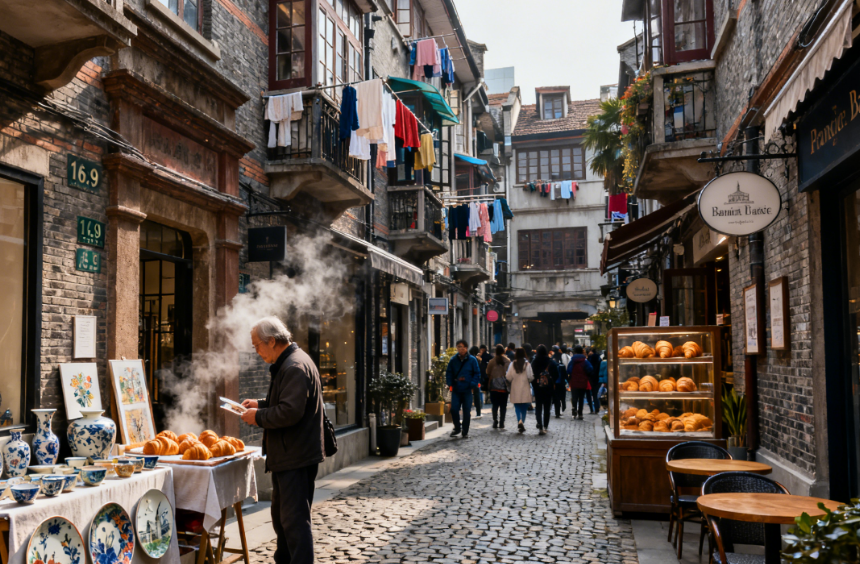
Etiquette and Tips
Most people in tourist areas speak basic English, but it’s helpful to learn a few Chinese phrases (hello: ni hao, thank you: xie xie, how much: duo shao qian). Carry cash for small purchases and street stalls—many don’t accept credit cards. Most places accept Alipay and WeChat Pay, so link your credit card to these apps for convenience. When visiting temples like Yu Garden, dress modestly (cover shoulders and knees). Finally, be prepared for crowds—Shanghai is a busy city, especially during holidays and weekends, so arrive early to popular attractions to avoid long lines.
Final Thoughts
Shanghai is a city of contrasts—old and new, traditional and modern, local and international. It’s a place where you can spend a morning exploring a 16th-century garden, an afternoon shopping in a modern mall, and an evening listening to jazz in a historic hotel. What I love most about Shanghai is its energy—there’s always something new to see, do, and eat. Whether you’re a history buff, a food lover, an art enthusiast, or just someone looking to experience a dynamic metropolis, Shanghai has something for everyone.
During my trips, some of my favorite memories were the small, unexpected moments: chatting with a street vendor who taught me how to make shengjian mantou, watching locals dance in Fuxing Park, and sipping tea in Yu Garden as the sun set. These moments made me feel like more than a tourist—they made me feel like I was part of the city’s story.
So pack your bags, download a translation app, and get ready to explore Shanghai. I promise, it will captivate you with its charm, surprise you with its diversity, and leave you wanting to come back—just like it did for me.
Recommended
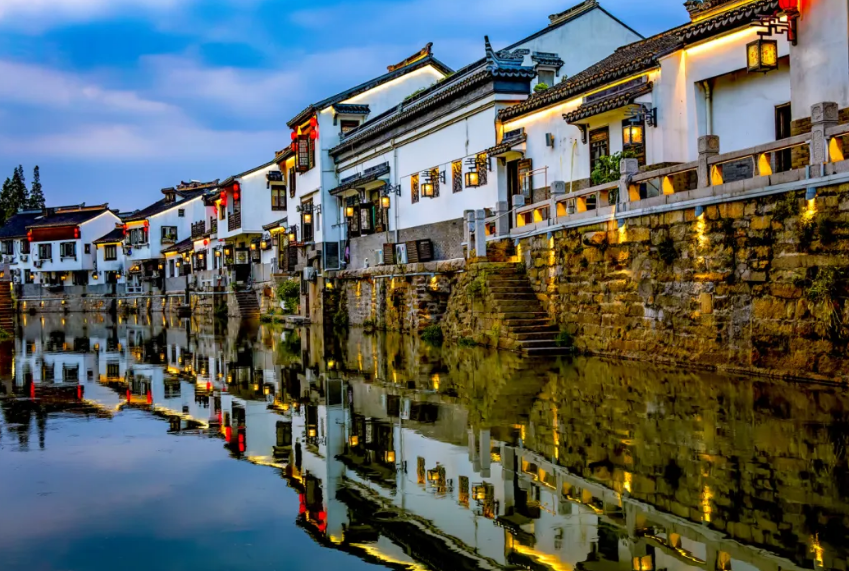
Shanghai A Slow Journey Through Baoshan’s Golden Autumn: History, Nature, and Nostalgic Flavors
Seeking a break from the fast pace of city life, I...

Navigating the China Visa Maze: A Comprehensive Guide for Smooth Application
Planning a trip to China—whether for tourism, busi...
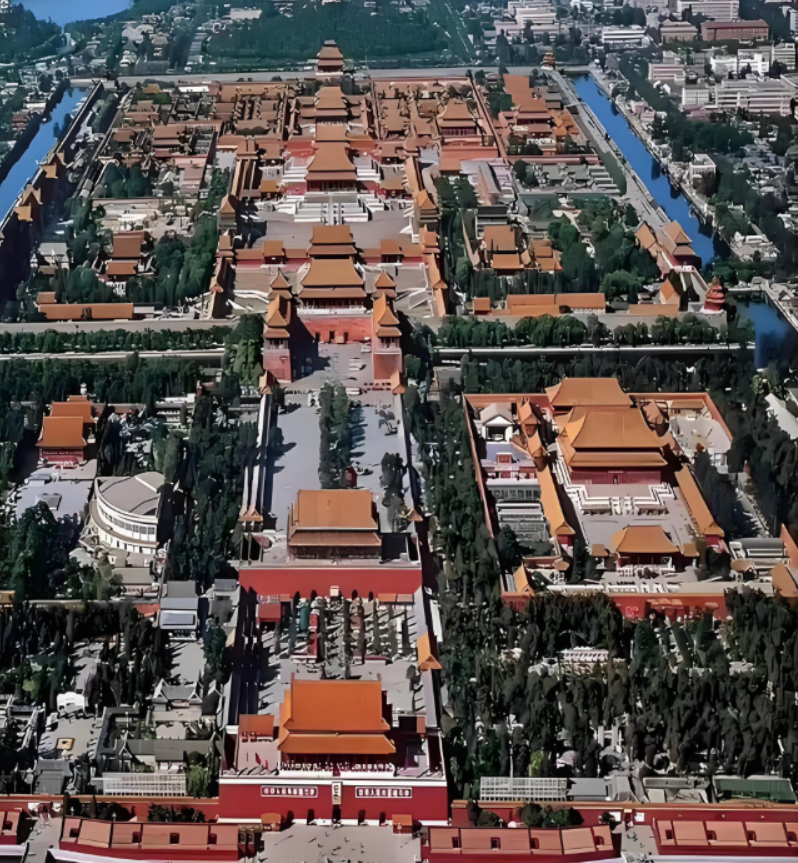
🇨🇳 Travel Guide — Your Essential Guide to Exploring China
Welcome to China — A Journey of Culture, History &...
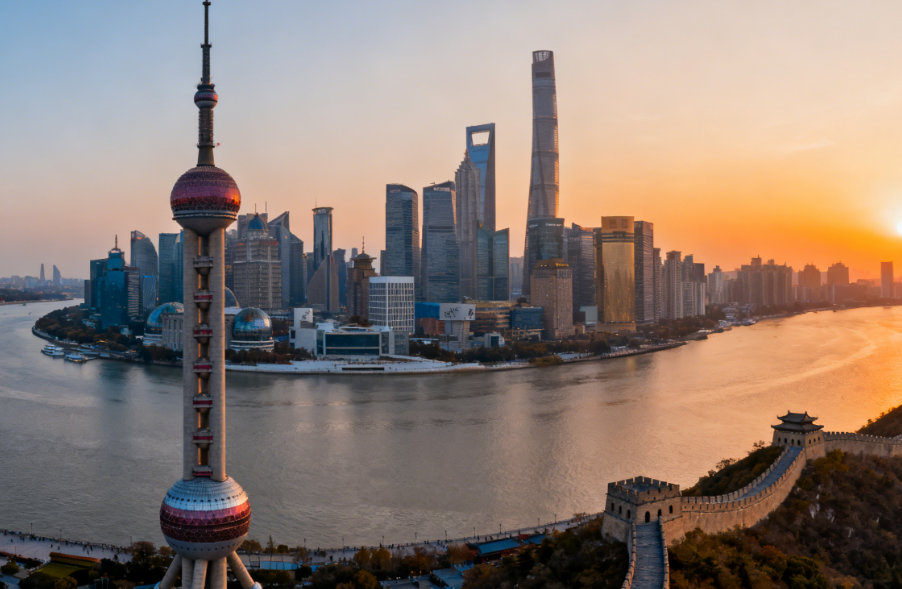
“Your Guide to Fast & Easy Payment for Chinese Consulate Services (2025)”
The document explains service fee standards for co...
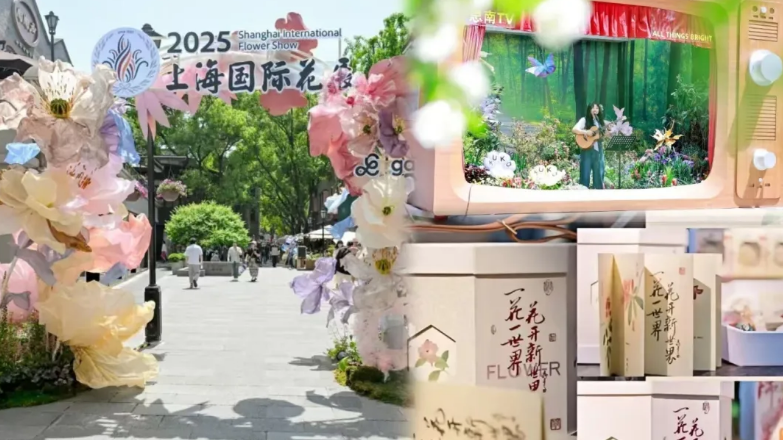
Shanghai’s Autumn Countryside Escape: A Blend of Culture, Camping, and Fresh Flavors
My quest for Shanghai’s autumn charm led me beyond...

My Journey Through Chinese Cuisine: A Symphony of Flavors
When I first set foot in China, I knew food would ...
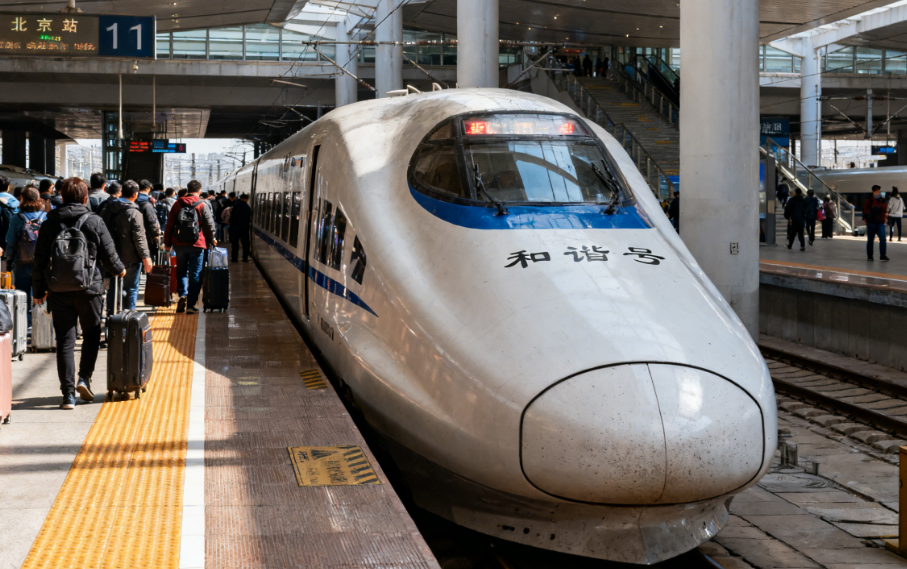
Beijing Transportation Guide: Navigate the Capital Like a Local
During my two years living and working in Beijing,...
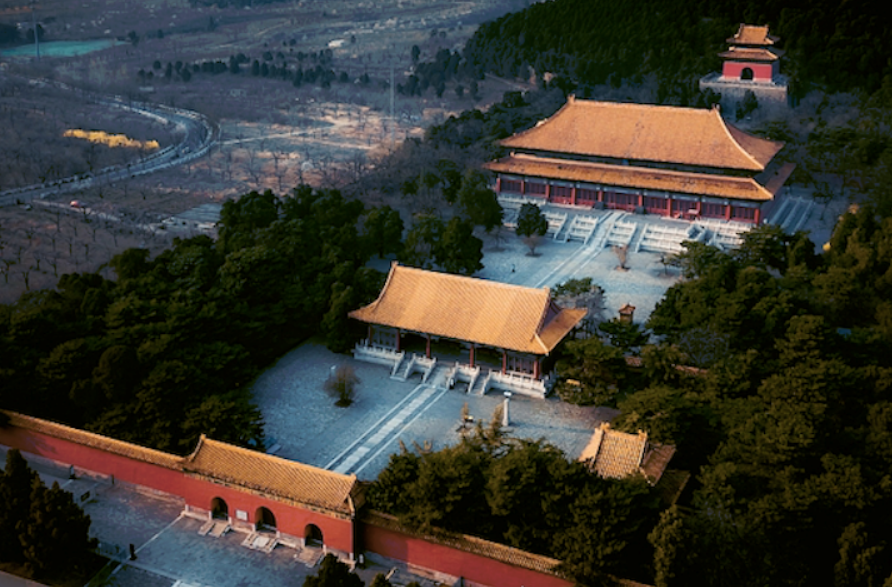
Walking the Spirit Way: My Journey Through the Ming Tombs
This article follows my personal journey through t...
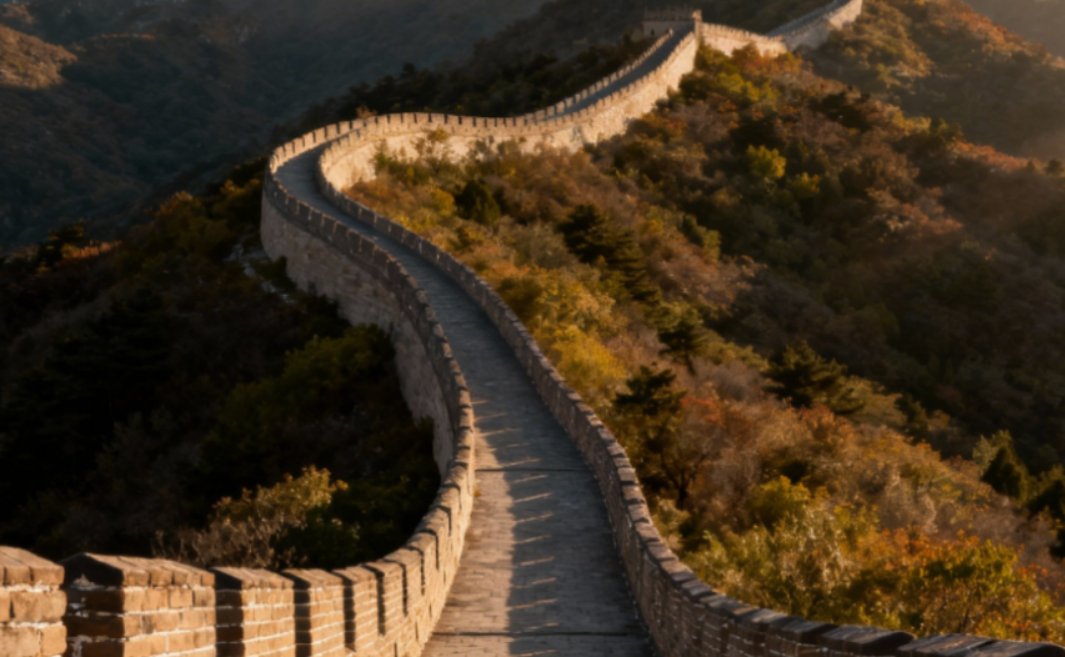

No Visa, No Cash, No Worries: The Ultimate Survival Guide to China in 2025
a local travel expert breaks down the revolutionar...
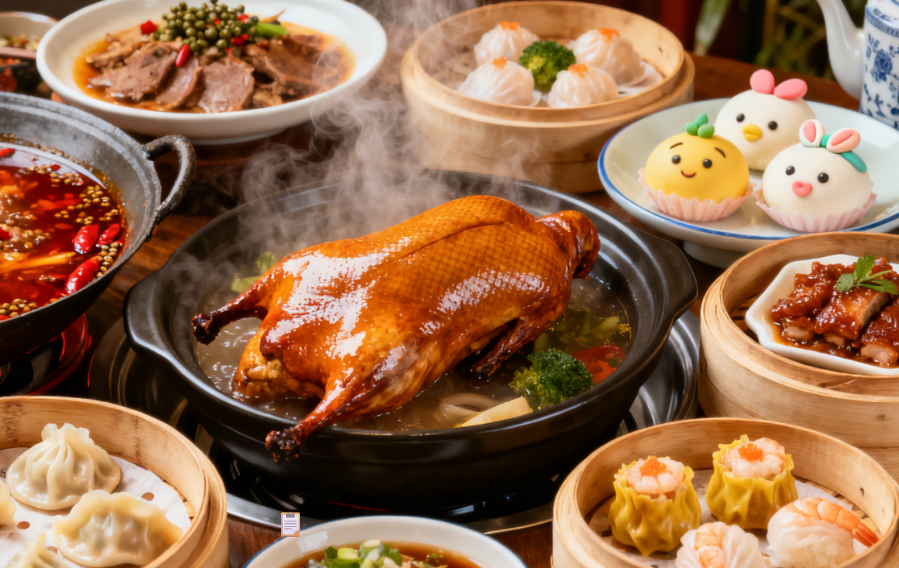
A Journey of Taste and Heart: My Wandering Through Chinese Culture
When I clutched the visa emblazoned with the Great...

Walking With Emperors: Your Complete Guide to China’s Forbidden City
Step through the crimson gates of Beijing's Palace...